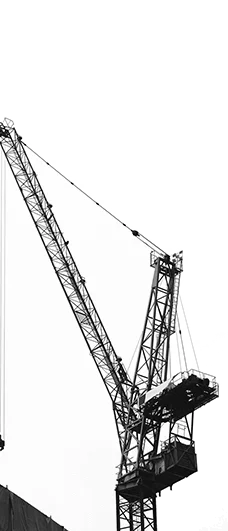Technology has significantly transformed the architectural design process, redefining how ideas are conceptualized and realized. Modern tools like 3D modeling, virtual reality, and parametric design allow architects to create and visualize innovative structures with unprecedented precision. Sustainable design has advanced through analytical tools and smart materials, ensuring energy-efficient and eco-friendly solutions. Collaborative platforms have streamlined workflows, enabling seamless communication among teams.
AI and robotics further enhance efficiency, offering data-driven insights and automation in construction. As these technologies evolve, the potential for creativity, sustainability, and innovation in architecture continues to grow.
Advanced Design Tools
One of the most significant impacts of technology on architecture lies in the development of advanced design tools. Computer-Aided Design (CAD) and Building Information Modeling (BIM) software have become indispensable for modern architects. These tools allow professionals to:
-
Visualize Complex Concepts:
Architects can create intricate 3D models that offer detailed insights into design feasibility and aesthetic appeal. -
Collaborate Seamlessly:
BIM enables real-time collaboration across disciplines, ensuring that engineers, designers, and contractors work from the same up-to-date model. -
Optimize Design:
Simulation software helps predict structural performance, environmental impact, and energy efficiency, guiding informed decision-making.
Parametric Design
Parametric design has redefined creativity and efficiency in architecture. By using algorithms and data inputs, architects can:
-
Generate Unique Forms:
Complex geometries, once considered impossible, can now be realized using parametric modeling. -
Adapt Designs Dynamically:
Real-time adjustments to parameters, such as materials or spatial constraints, ensure flexibility and precision. -
Enhance Sustainability:
Parametric tools facilitate climate-responsive designs, optimizing natural lighting, ventilation, and energy usage.
Virtual Reality and Augmented Reality
Immersive technologies have opened new dimensions for architectural design and client interaction. With VR and AR, architects can:
-
Offer Virtual Walkthroughs:
Clients and stakeholders can experience spaces before they’re built, fostering better communication and satisfaction. -
Improve Design Accuracy:
AR overlays can help visualize how designs fit within existing environments, reducing errors and rework. -
Train and Educate:
VR simulations provide hands-on training for aspiring architects, offering a safe and interactive learning platform.
“Tortor dis efficitur risus placerat libero condimentum faucibus enim luctus. Port titor per si nisi sodales accumsan. Accumsan suscipit semper pharetra pretium consequat primis.”
Kathryn Murphy

Robotics and 3D Printing
Robotics and additive manufacturing are reshaping construction processes. These technologies bring numerous advantages:
-
Faster Construction:
Robotic systems can automate repetitive tasks, reducing construction timelines. -
Precision Engineering:
3D printing enables the creation of intricate components with exceptional accuracy. -
Sustainability:
Additive manufacturing minimizes material waste and promotes the use of eco-friendly materials.
Artificial Intelligence in Design
AI is becoming a powerful ally in architectural design. Machine learning algorithms analyze vast datasets to:
-
Predict Trends:
AI helps architects anticipate future needs and design accordingly. -
Automate Repetitive Tasks:
From drafting to cost estimation, AI reduces manual workloads. -
Optimize Urban Planning:
AI tools can analyze data to create efficient, people-centric city layouts.
Conclusion
The role of technology in architectural design is undeniable and ever-evolving. By leveraging cutting-edge tools and methodologies, architects are pushing the boundaries of innovation, creating designs that are not only functional but also sustainable and visionary. As technology continues to advance, the possibilities for the built environment are limited only by our imagination.




1 Comment
Neque porro quisquam est, qui is dolor emr ipsum quia dolor sit amet the consec tetur is adipisci velit, sed Neque porro.